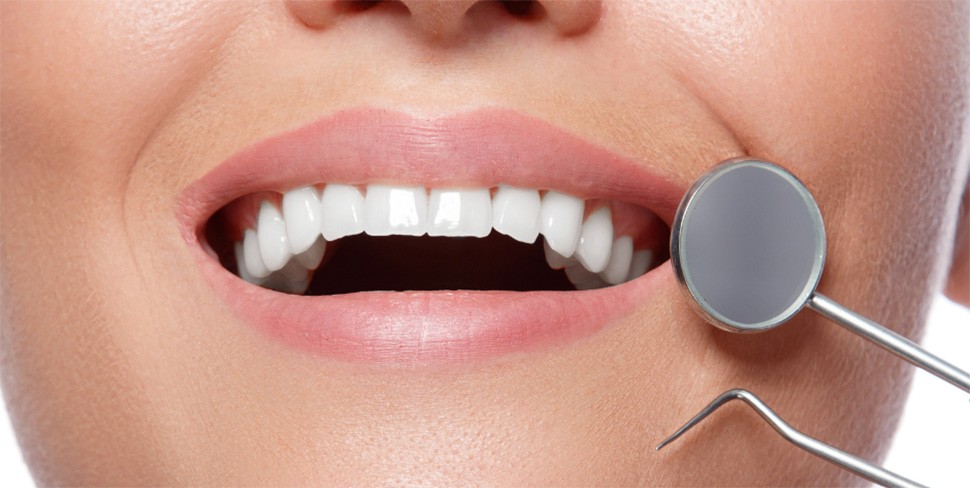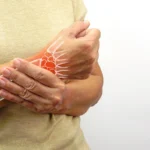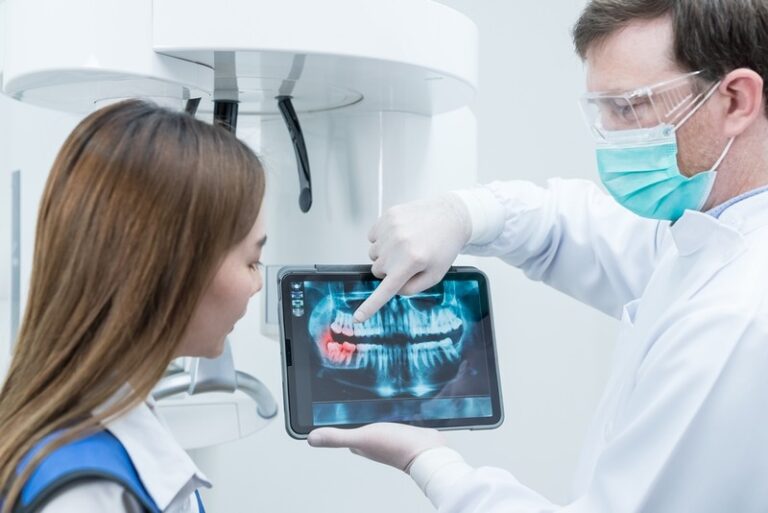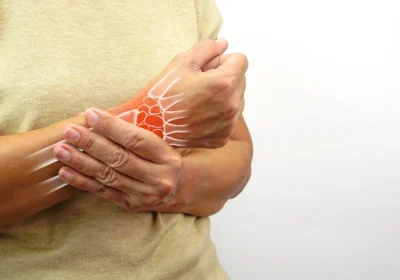
The Evolution of Dental Tools and Equipment: A Journey Through History
Dental care, as a profession, is one of the oldest medical fields, dating back thousands of years. What may surprise many is how dental tools and equipment have evolved dramatically over time. From rudimentary instruments made of bone to today’s cutting-edge digital devices, the journey of dental tool evolution has been remarkable. This article delves into the fascinating history and evolution of dental tools and equipment, highlighting the significant milestones that shaped modern dentistry.
Ancient Dentistry: A Humble Beginning
The first evidence of dental care can be traced back to around 7000 BC in the Indus Valley, where primitive drilling techniques were used to treat dental abscesses. Ancient dental practices were mainly focused on pain relief rather than preventive care. Archaeological discoveries have revealed that prehistoric humans used sharpened stones, flint tools, and animal bones to clean and remove decayed teeth. These crude instruments were limited in effectiveness, but they laid the groundwork for future developments in dental technology.
Egyptian and Etruscan Contributions
By 3000 BC, the ancient Egyptians were not only using tools but had also introduced some form of dental prosthetics. Archaeologists have found evidence of dental bridges made of gold wire connecting loose teeth or teeth replacements made from human or animal teeth. The Etruscans, an ancient civilization from modern-day Italy, advanced the art of dental prosthetics even further around 700 BC, using gold to create dental crowns and fixed bridges.
Ancient dental tools, at this time, were still simplistic—primarily using forceps for extractions, rudimentary drills for removing decay, and scalpels for gum treatment. There was little concern for pain relief, making the procedure brutal and painful. However, these societies laid down the foundation for organized dentistry.
The Middle Ages and Renaissance: A Step Toward Scientific Approach
During the Middle Ages, dental care did not advance much. Dentistry was often performed by barbers and blacksmiths who lacked formal medical training. Tools for extractions were often crafted based on the tools used for general surgery, like forceps and pincers, and were far from delicate.
The Renaissance period marked a significant shift in many scientific fields, including dentistry. In 1530, a German craftsman named Artzney Buchlein published the first book entirely focused on dentistry, titled “The Little Medicinal Book for All Kinds of Diseases and Infirmities of the Teeth.” This era also saw the introduction of more advanced extraction instruments, such as dental pelicans and keys, which were designed to grasp and twist teeth out of the gums.
The pelican, for example, was designed with a claw-shaped end that hooked around the tooth, allowing the dentist to pull the tooth loose with a twisting motion. Though an improvement over previous tools, it often led to fractures or trauma to the surrounding bone and tissue.
The 18th and 19th Centuries: The Dawn of Modern Dentistry
The 18th century saw significant advancements in dentistry, with Frenchman Pierre Fauchard, known as the “Father of Modern Dentistry,” publishing Le Chirurgien Dentiste in 1728. His work detailed dental anatomy, operative techniques, and suggested improved designs for dental instruments. Fauchard introduced dental pliers that were more refined and comfortable for both the orthodontist waterford and patient. He also advocated for preventive care, including proper hygiene and early interventions.
By the 19th century, dental technology was accelerating with the advent of anesthesia. In 1846, William T.G. Morton demonstrated the first use of ether as anesthesia for dental surgery, revolutionizing the profession. Patients no longer had to endure the agony of procedures, allowing for more complex and precise treatments.
The invention of the foot-powered dental drill by George F. Green in 1875 marked another breakthrough. The drill allowed dentists to remove decay more efficiently, laying the groundwork for modern restorative dentistry. The 19th century also saw improvements in dental forceps, pluggers for filling cavities, and dental mirrors for better visibility inside the mouth.
20th Century: The Rise of Advanced Dental Equipment
The 20th century is often regarded as the golden age of dental technology. Innovations like electric drills, X-ray machines, and more sophisticated dental prosthetics dramatically improved patient outcomes. In 1907, Charles Land developed the first porcelain jacket crown, offering a more natural-looking tooth replacement. The introduction of stainless steel in dental tools during the 1930s made instruments more durable and easier to sterilize, vastly improving hygiene standards.
The Introduction of the High-Speed Dental Drill
One of the most significant advancements in dental technology was the introduction of the air-driven high-speed drill in 1957 by Dr. John Borden. This tool revolutionized cavity preparation, enabling dentists to perform faster and more accurate procedures. High-speed drills allowed for minimally invasive techniques and reduced the discomfort associated with dental procedures.
Digital Dentistry: The Modern Era
As we move into the 21st century, dentistry has become increasingly digital, leveraging cutting-edge technology to offer precise, comfortable, and efficient treatments. Tools such as lasers, digital X-rays, and computer-aided design and manufacturing (CAD/CAM) systems have reshaped modern dental care.
Intraoral Cameras and Digital Scanners
Intraoral cameras and digital scanners are some of the most recent innovations. They allow dentists to capture high-resolution images and create 3D models of a patient’s mouth, enabling more precise diagnoses and treatment planning. These tools have transformed procedures like orthodontics, crowns, and implants by reducing the need for physical molds and increasing the accuracy of dental work.
Lasers in Dentistry
The introduction of lasers in dentistry has provided a minimally invasive alternative to traditional methods. Lasers are used for a variety of treatments, such as soft tissue surgery, cavity preparation, and teeth whitening. They offer precision, reduced pain, and quicker recovery times for patients.
3D Printing and CAD/CAM Technology
3D printing and CAD/CAM technology have revolutionized the way dental prosthetics, crowns, and aligners are made. With CAD/CAM, dentists can design and manufacture dental restorations within the clinic, often in a single visit. This technology has shortened treatment times and improved the fit and durability of dental prosthetics.
The Future of Dental Tools and Equipment
Looking ahead, the future of dental tools is promising, with advances in artificial intelligence (AI) and robotics expected to play a crucial role in dentistry. AI-powered diagnostic tools will enhance early detection of dental issues, while robotics may assist in complex surgeries with higher precision.
Nanotechnology is another emerging field that could impact the future of dental tools. Researchers are exploring how nanoparticles can be used to prevent tooth decay, repair damaged enamel, and improve overall oral health.
Conclusion
The evolution of dental tools and equipment is a testament to the ingenuity and dedication of those in the field of dentistry. From crude stone instruments to today’s digital marvels, the tools used by dentists have undergone remarkable transformations, improving patient care and outcomes significantly. As technology continues to advance, the future of dental care looks brighter than ever, promising even more efficient, comfortable, and effective treatments for all.
This history not only highlights how far we’ve come but also sets the stage for the future of dentistry—a future where pain, discomfort, and long recovery times will be distant memories


















